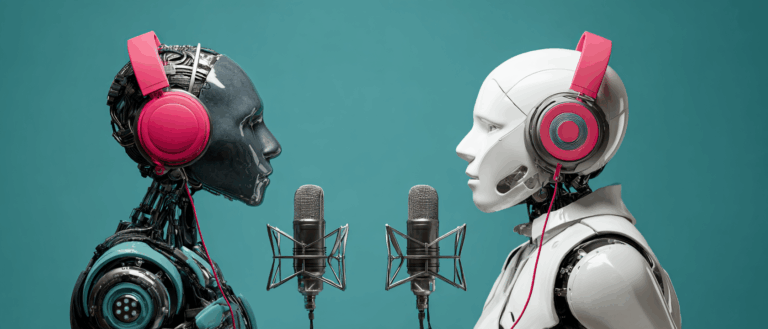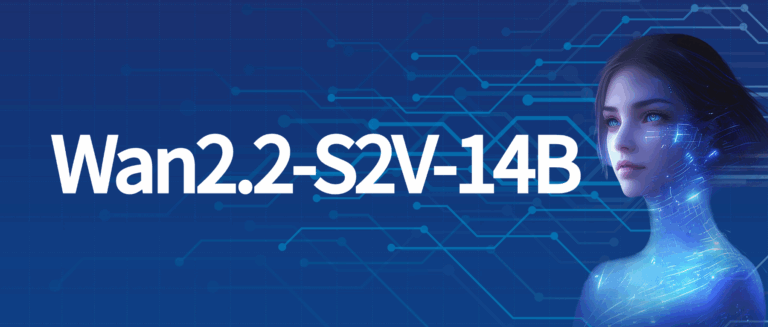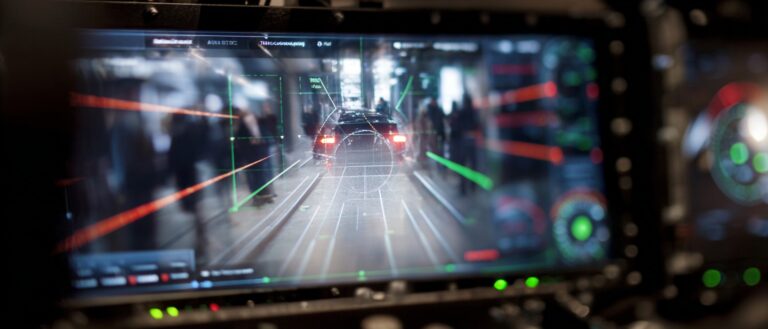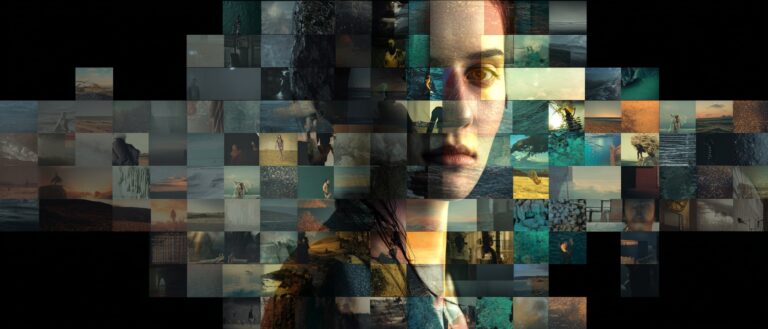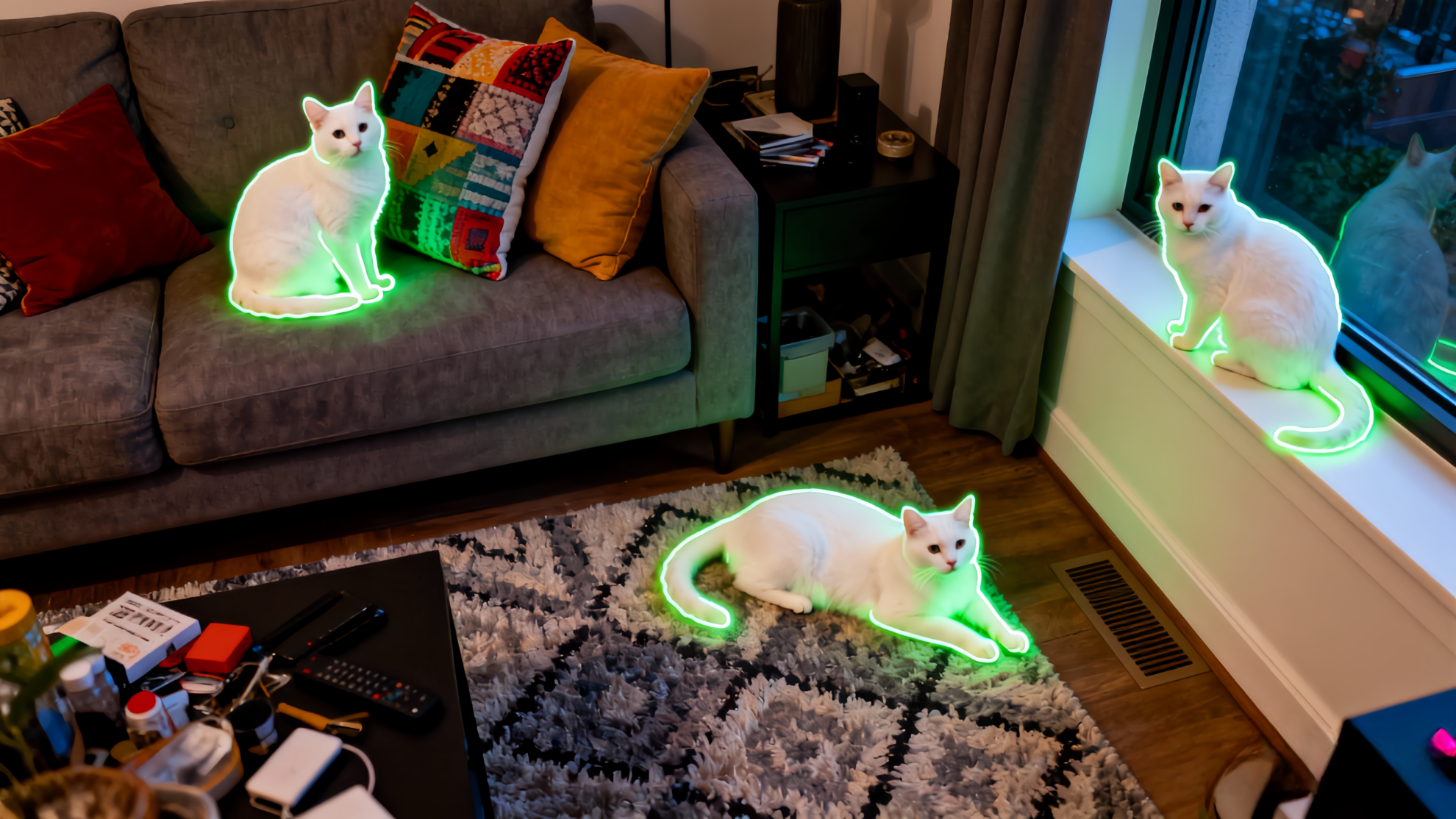Command Palette
Search for a command to run...
[Detailed Explanation of DeeCamp's Excellent Projects] From Scratch to AI Technology Implementation in Just Three Weeks

In the DeeCamp 2019 event held by Sinovation Ventures, 600 participants spent several weeks exploring different projects in multiple fields under the guidance of the corporate team, and finally submitted 50 AI Demos, which were recognized by expert judges. Among these projects, we picked out four of the most interesting ones.
Keywords:DeeCamp 2019 Project Showcase Talent Cultivation
600 students from different schools across the country completed the "academic + industry" course training, and quickly implemented AI from concept birth to product formation.
Some of these students had never been exposed to production environment training before the camp started. After just one week of study and three weeks of practical classes, they all finally handed in satisfactory transcripts.

Innovation Works CTO Wang Yonggang commented that if we only consider technology and products, the achievements made by the trainees includeNearly 20% of the projects met the investment criteria.
Best Technology Award: Hard-core solution to the land classification problem
In the closing ceremony, the 26th group of land classification based on image segmentation was the first to give a demonstration. With the background of magnificent music, they introduced some basic information about land classification and demonstrated their exploration.
Land classification is the most basic task in land rights confirmation. Accurate segmentation and classification are necessary tasks, but conventional methods rely on a large number of experts to interpret remote sensing images, which requires a lot of manpower and time.
Against this background, the team conducted Land Classification of Satellite Remote Sensing Images Based on Image SegmentationThe project was supported by OpenBayes, which provided technical guidance, computing power and data set support.

They used high-definitionRemote sensing images,useSemantic SegmentationThe method is used to complete the imageLand and waterof segmentation.
In actual practice, based on Deeplab V3+ The network structure is designed with different optimization strategies and accelerated by using a mixed precision model. Finally, the segmentation of farmland and water bodies is achieved respectively. 94.2% and 98.5% accuracy.

It is worth mentioning that they also won a big prize in an open competition for their model. In the change detection track of the Remote Sensing Image Counting Representation and Intelligent Analysis Competition, they wonFirst place in the preliminary roundresults.
Moreover, this project has great scalability and can be further applied to more fine-grained classifications, such as lakes, rivers, rice fields, dry land, residential areas, forests, etc., and migrated to other provinces and cities in my country for remote sensing image segmentation and detection.

They also looked into the future of the project, such as combining drone and satellite remote sensing data for use in the prevention and treatment of natural disasters.
The project eventually received DeeCamp’s "Best Technology Award".
Best Application Award: Mini Program for Physical Examination of Pet Dogs
As the number of people keeping pets increases, how to take good care of pets has become a problem that many people have to face. The students in Group 24 used AI to explore this aspect.
They built an AI app thatImage recognition,Conducting a pet's health status assessment will help owners know their pet's condition in a timely manner and arrange a reasonable life for their pet as soon as possible.

The app is also very easy to use. Just take a picture of the dog and it will recognize the dog.The dog’s breed, whether it is an adult, its size, and whether it is healthyAnd other situations.
In addition, it can also give relevant feeding suggestions and remind the owner: Is it time to deworm the dog? Finally, it can combine this information to recommend suitable dog food and link it to the e-commerce platform, realizing commercial value.
According to the team members, when they first took on this project, they were faced with the "three no's" problem of no literature, no data, and no standards. Many team members were frustrated for a time, but after difficult attempts and explorations, they finally used 4 neural networks to achieve identification of breed, age, body shape and other aspects.
The key difficulties were broken down into dog body detection, breed identification, age classification, and body size measurement. Thanks to their efforts, they solved technical difficulties such as the difficulty in obtaining body size labels, different obesity standards for different dogs, and the difficulty in identifying photos of multiple dogs.

This proposition came from the fast-moving consumer goods giant Mars. At the closing ceremony, the project presentation was also recognized by the Mars Group, which even invited several students to do internships on the spot. "Best Application Award".
Best Spirit Award: Make meningioma have nowhere to hide
AI medical care has always been a major trend in market development, and the students of DeeCamp have also accepted this challenge. The research project on meningioma conducted by Group 27 won the DeeCamp Award. Best Spirit Award, and was awarded the award personally by Wang Yonggang.
The research topics of this group are "Brain tumor region segmentation based on image segmentation".
Meningioma is the most common primary tumor of the central nervous system. According to medical statistics, meningioma accounts for about one-third of central nervous system tumors. Patients often present with headache and epilepsy as the first symptoms, and may also have varying degrees of cognitive and motor disorders.

However, due to the long course of meningioma, it is difficult to detect in the early stages. Finding and marking lesions in magnetic resonance imaging is a common medical method, but manual identification requires high doctor experience and there is a high probability of omission.
27 groups use artificial intelligence technology to make diagnoses, which can effectively relieve the pressure on doctors to diagnose andAssists in lesion segmentation and identification.
The team designed two types of models, 2D and 3D, to model the non-sequential data and sequential data obtained from current medical image scans. The two models use the most advanced DeepLab V3+ Model and DMFNet Model.

The model has strong generalization ability, can identify smoother edges, and can correct incorrect areas in the label. 3D segmentation also visualizes the tumor in three dimensions, mapping the structural connection relationship between the brain area with larger tumors and other brain areas to characterize the severity of the brain tumor.
In order to increase the scalability of the model and further apply it to the detection of other types of brain tumors, the team also used CycleGAN , the unlabeled target domain image (glioma)Style TransferTo the source domain image (meningioma) with segmentation labels, the trained source domain meningioma segmentation network is used to directly perform the glioma segmentation detection task, thereby realizing unsupervised detection and segmentation of glioma.
The coolest technology: Generate all kinds of expressions with one click
If we want to take stock of the most common things nowadays, it must be emoticons. Emojis of various styles have become the basic social terms of contemporary people. However, emoticons are mostly collected and saved passively. How to generate emoticons with their own characteristics? DeeCamp students have tried in this regard.
45 groups of students used AI technology to complete "AI Expression King: Making Real Expression Packs"This is an interesting topic.

Similar to the most popular face-changing technology, they useStyle transfer and GAN The training model can replace the faces in real pictures with different expressions and styles with a simple one-click operation.

Just take a photo with the mini app, and you can combine real-life portraits with various expressions to create a variety of interesting expressions. BigGAN And other technologies, using hundreds of GPUs to improve the face-changing algorithm, thereby increasing the precision of the generated images.
In the live demonstration, the students were able to generate expressions such as happy, sad, surprised, etc., and also realized the comic styles of Hayao Miyazaki and Makoto Shinkai. But the most naughty operation was that the students used teacher Kai-Fu Lee to create a group of expressions, which aroused applause from the audience.

DeeCamp, making the impossible possible
In just a few weeks, the spirit shown by the students of DeeCamp in turning an idea into a concrete project is amazing.
The reason is that, on the one hand, theyFull of enthusiasm for learning.At the roundtable session of the conference, AInnovation CTO Zhang Fanen told an interesting story. After one of his lectures, he was chased by students and asked many questions. Some even chased him to his residence.

The student representative also said in his speech,DeeCamp witnessed many impossible things. For example, students with insufficient programming experience even completed a half-day crash course in Pytorch.
On the other hand, the training model created by DeeCamp is also a powerful tool to promote the growth of students. By combining the resources of academia and enterprises, students can complete their learning and training in an exploratory way, allowing them to challenge the difficulties they will face in reality under the condition of abundant resources.
As DeeCamp claims,Solve real-world problems,It is the inevitable path for the development of AI and the fundamental reason why AI can promote industrial transformation.
Just as Kaifu said,"I always believe in a saying: you will forget what you hear, you will remember what you see, and you will understand what you have done."

